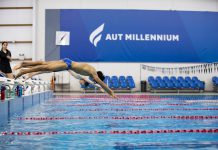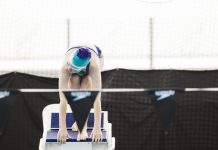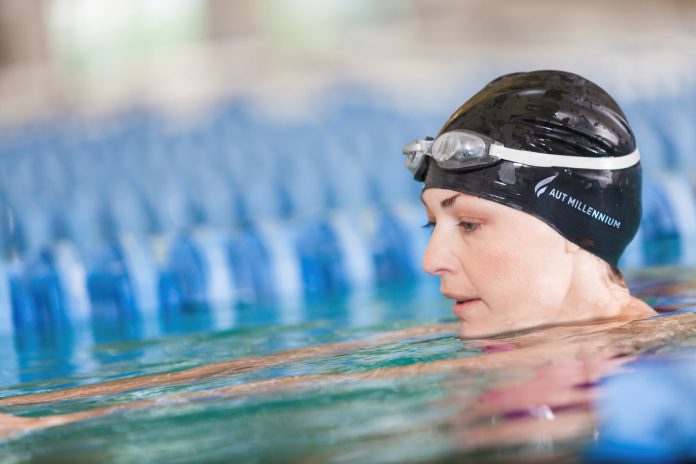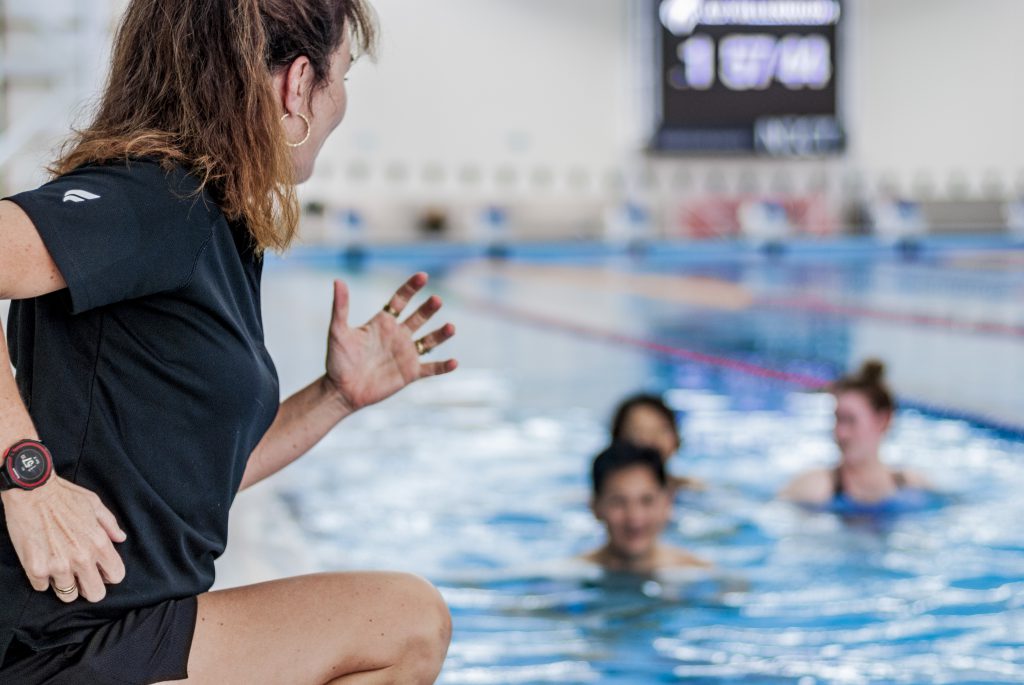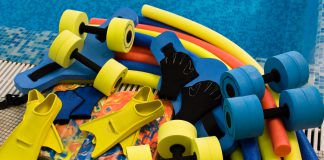Learning to swim as an adult can be a daunting decision.
The fear of judgment, a negative prior experience, and apprehension can ripple through your head like a flood of sickly emotion.
At any given time in life our brain can either be our best friend or worst enemy.
We’ll build ourselves up, get ready to book that first lesson, and then the excuses will flow in.
“It doesn’t fit my schedule” “I’m too busy” “It’s too late to learn” “I don’t really like swimming anyway”
As a swim teacher for over four years and an employee at a large sports centre with adult swimming lessons, I can tell you, with confidence,
It is not too late to learn or develop your swimming.
Not convinced? Read about Penny Slack or Angad, they both learned to swim as adults.
If you’re ready to take the plunge and learn to swim, here are a few things to be mindful of:
- Be committed
- Improvement will not always occur in leaps and bounds.
- Don’t be afraid to ask questions
- Be realistic and track progress
1) Be committed
Learning to swim is a process that requires your investment, both in application and mind-set.
When you sign up for lessons, ensure you are able to commit to the sessions. As a complex motor movement, swimming requires coordination of the entire body and can take time to master.
A little forward thinking would significantly help at this point, be aware of any other commitments in your daily life that may impact your lessons. Prioritising this time will pay dividends in your experience and skill-acquisition.
It can help to communicate the importance of this time with your family. The more supporters you have in your corner, the easier and more enjoyable this time will be.
Fun = Calm
Calm = Ready to learn!
2) Improvement will not always occur in leaps and bounds.
Mastering swimming technique takes patience, persistence and above all, REPETITION. Although strength can be improved outside the water, the only way to improve swimming is simple: by swimming.
At 72 years old, Penny Slack learned to swim. An avid reader with a hunger for knowledge, here’s how Penny went about her learn to swim experience…
“Despite having had only a couple of lessons, Penny was determined to master the life-skill of swimming.”
So she turned to books for help. They explained that the key to swimming was repetition, or time spent in the water. With a positive attitude, and tenacious desire Penny persisted with her swimming alone”
The more time you spend in the water, the more comfortable you will be in that environment. Great swimmers look natural in the water simply because it is like a second home.
Here’s where mind-set also plays a part. There may be times where you will experience periods of frustration. You may see others improving at a different rate, you can’t quite master a different skill or the teacher just keeps repeating the same thing over and over…
Stay positive and stay persistent. Swimming is a tricky movement to be skilled at, and trying to jump to a new skill early will come back to haunt you in the form of poor technique.
Did you notice anything about the description on the pyramid?
The word relaxed is repeated a number of times.
Relaxation and comfort in the water is an essential component of swimming. If you try to fight the water, it will always win.
There’s more of it and it’s not going to get out of your way, so be kind to the water.
(There’s 350,000 litres in Auckland’s Sir Owen G. Glenn National Aquatic Centre!)
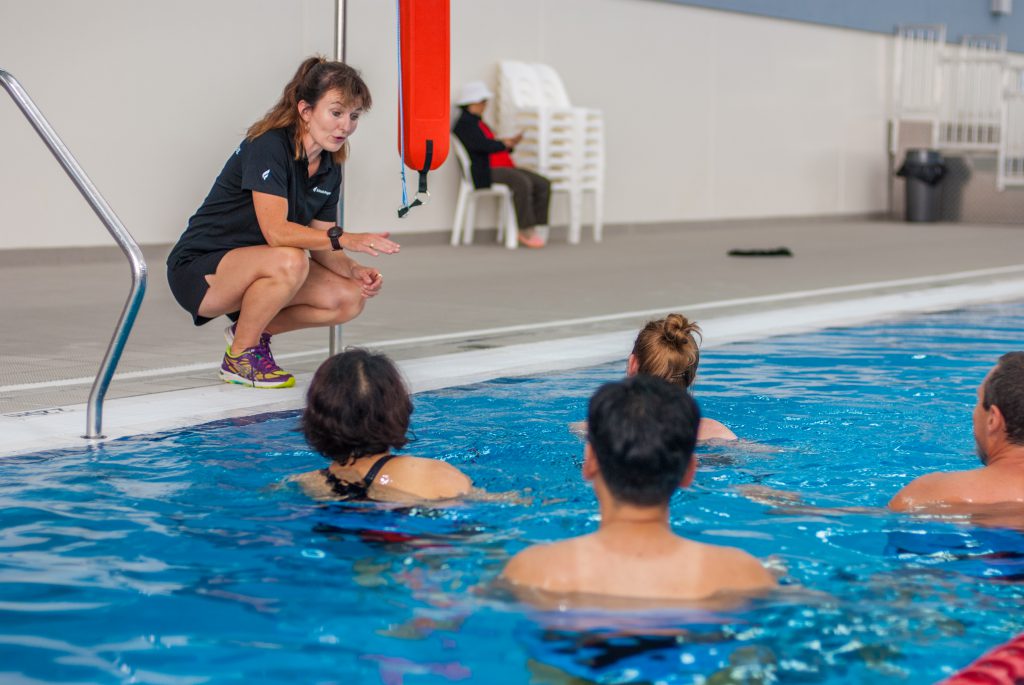 3) Don’t be afraid to ask questions
3) Don’t be afraid to ask questions
Understanding the basics of swimming, such as body position and timing, is fundamental to improvement.
For example:
Your feet keep sinking. Every action has a reaction: you may be lifting your face too far out of the water when breathing, causing the bottom half of your body to sink.
Don’t be afraid to question why you are expected to perform specific drills or activities. The more you know, the more you will be motivated to improve activities for a specific purpose.
Purposeful swimming is key.
4) Be realistic and track progress
Swimming is a great activity for setting and conquering goals. There are a number of measures to track improvement including time, lengths swum or developing a new stroke.
If you are learning to breathe, for example, try taking at least one more stroke after performing the breath. That way, your body will get used to propelling after rolling to breathe.
Remember:
- Have a patient, persevering attitude to practice
- Do not feel demeaned by starting small. Comfort is essential
- Have the right kit. Board shorts or loose fitting garments are a huge hindrance to swimming
- Conquer the basics such as breath control, floating and a correct kick technique
- Set realistic goals: Such as swimming one more stroke or one more length at a time
- Be nice to the water, splashy swimming is not efficient
- Enjoy! Learning to swim will be incredibly gratifying and frustratingly difficult, go with the flow













